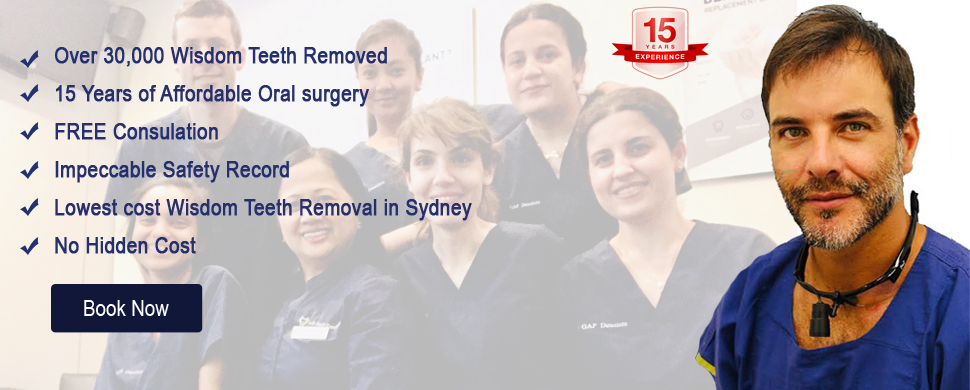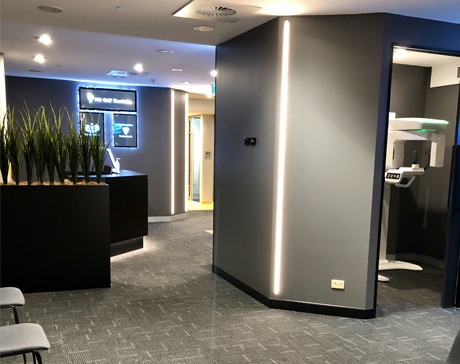The removal of wisdom teeth is a common dental procedure that is performed by an oral and maxillofacial surgeon or your dentist. There are a few differences in the process as there may be complications to take into account or you might be having several removed at the same time. Here is the wisdom teeth removal process.
Location
Your dentist will determine whether you can have your wisdom teeth removed at the dental surgery or if you will need to go to the hospital. Surgery at the hospital is more likely if you are having more than one tooth pulled at the same time or if you have a high risk of complications.
Infections
Infections will delay the procedure and you will be encouraged to take antibiotics to heal your mouth. Antibiotics may also be prescribed before or after the extraction to reduce risk of post removal infections and other complications.
Anaesthetic
You will be given an anaesthetic so that you don’t feel a thing whilst the dentist or surgeon performs the extraction. In the dental surgery you will be given local anaesthetic to numb the area while the procedure takes place. However, a general anaesthetic can also be used to make you sleep through the process. General anaesthetic is used when multiple teeth are removed at the same time and blocks pain in the entire body. To prepare for general anaesthetic you will be required to fast beforehand.
Extraction
The dentist will make an incision to open up the gum tissue that covers the tooth. Any bone over the tooth will be removed. Then they will detach the tissue that joins the tooth to the bone and extract the tooth. In some case the dentist will need to cut the tooth up in order to make it easier to remove. The area will then be cleaned up ready for stitches or healing.
Stitches
Your dentist will assess after the removal whether or not you require stitches. They make use dissolvable stitches or ones that will need to be removed a few days after the extraction. Placing cotton gauze on the wound can help stop the bleeding. You will need to rest, take pain relief and maintain dental hygiene in order to recover.
The wisdom teeth removal process includes your dentist deciding whether you need to have the procedure in the dental surgery or hospital and which type of anaesthetic you require. The dentist extracts any bone covering the tooth and separates it from the tissue before removing then stitching it up. The recovery process involves taking pain relieving medication, resting and keeping the mouth clean. Wisdom teeth removal is a very common dental practise to alleviate pain and prevent dental complications.
If you want to find out more about how you can get in touch with a professional emergency dentist, contact Wisdom Dental Emergency today. They can assist you with any questions you may have regarding tooth discolouration and cleaning.



